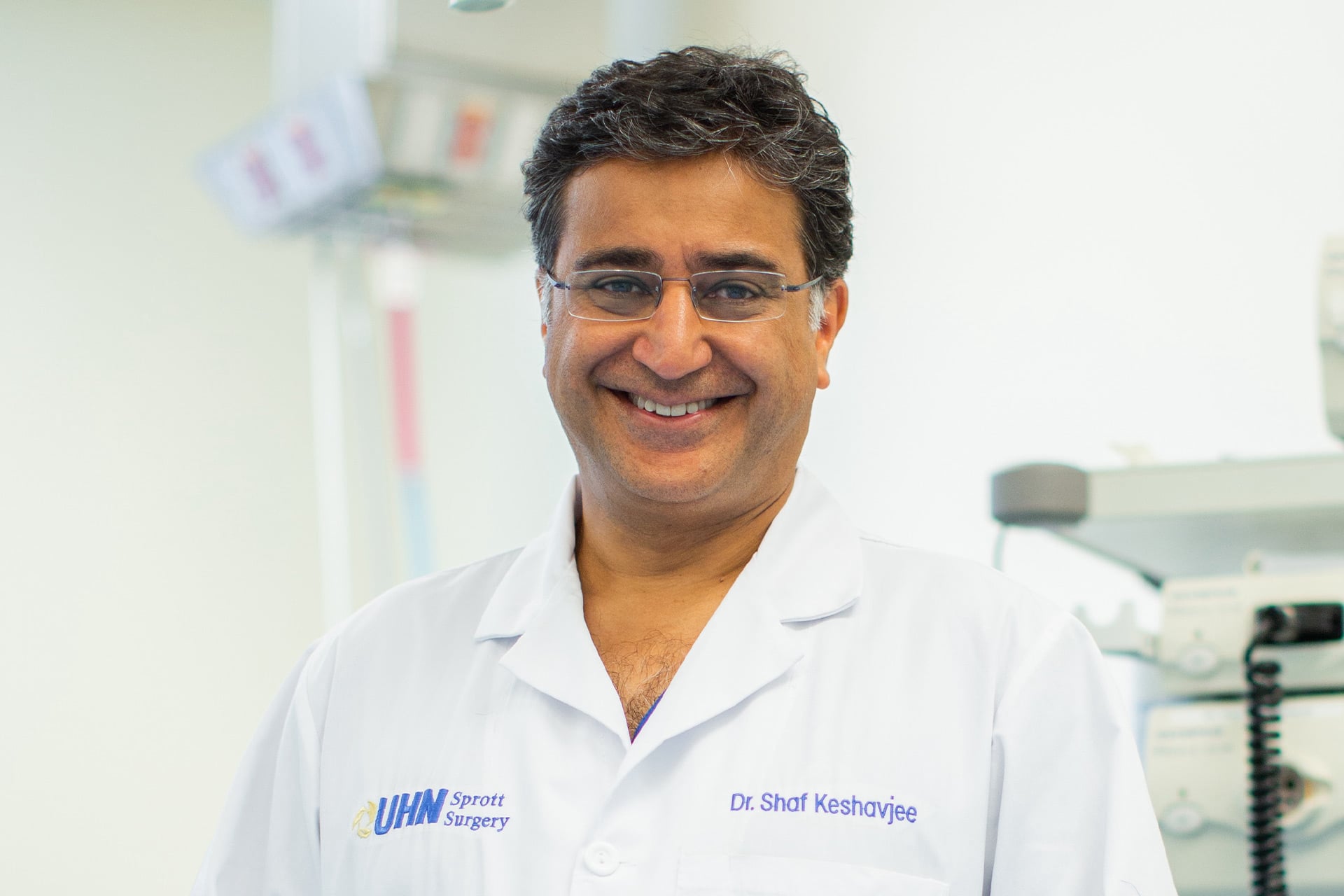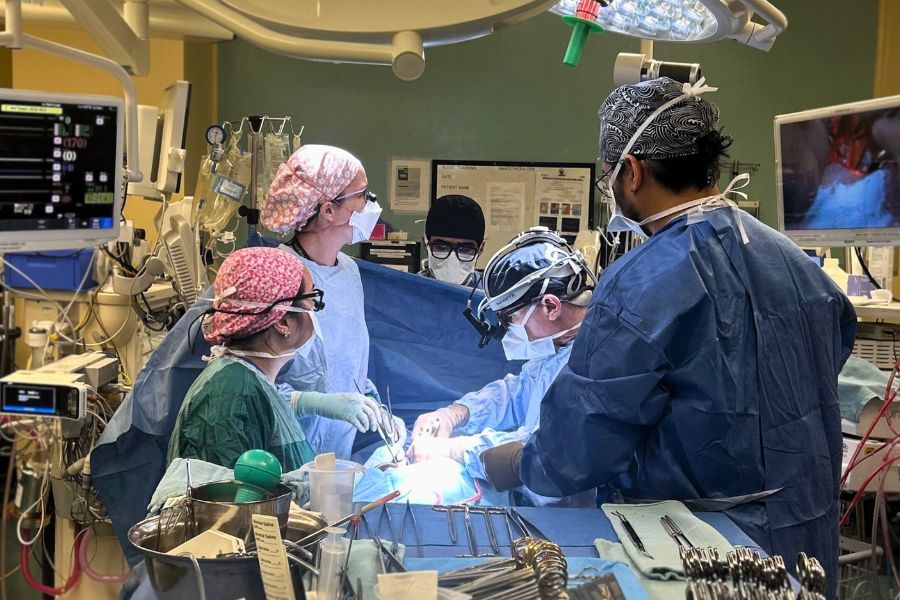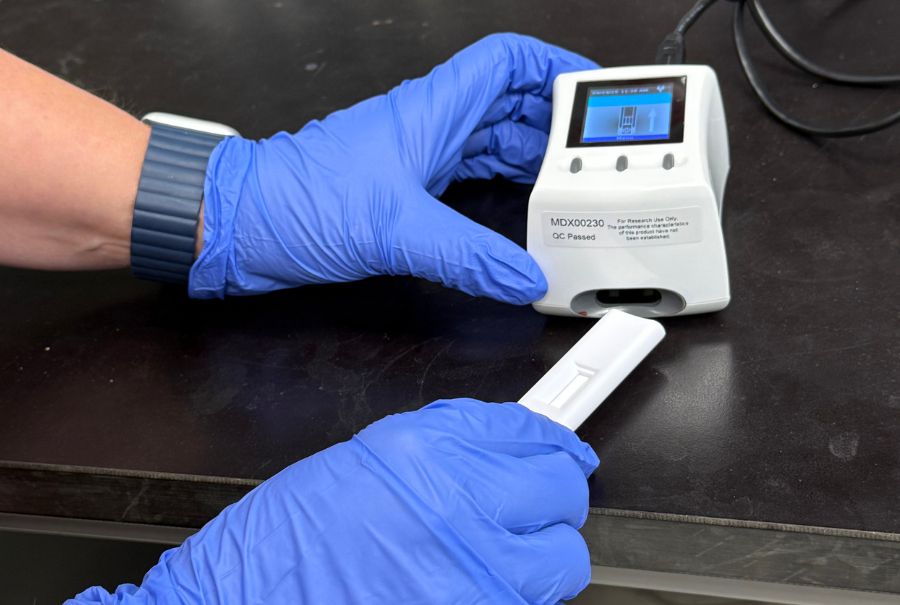
Albert and Temmy Latner were pioneers in Toronto business and philanthropy. Together, they were passionate about supporting the community. Today, a second and third generation of Latner Family members are extending their legacy through the Albert and Temmy Latner Family Foundation. At UHN, the Latner Family is excited to continue supporting the Latner Thoracic Surgery Research Laboratories (Latner Laboratories) – an initiative they proudly helped cocreate with Dr Keshavjee in 2005. Like any exceptional investment, Latner Laboratories have grown to be world class.
Home to game-changing innovation
The Latner Laboratories have always been a hub for innovation. The Family’s foundational gift enabled development and introduction of the Ex Vivo Lung Perfusion (EVLP) into clinical care – a world-first.
EVLP is a unique-in-the-world technology invented at UHN enabling clinicians to assess and repair lungs prior to transplantation. The technology has doubled lung transplants performed each year at UHN. It is also an unparalleled platform for research, allowing researchers to study human lungs outside the body and test novel potential treatments.
Supporting a growing team
Since the Albert and Temmy Latner Family Foundation’s original gift, the team has rapidly outgrown the sizeable original space. To ensure the team can continue expanding and bringing on new talent, the Latner Family has added another $5 million – to a total of $12 million – to increase square footage at Latner Laboratories. The gift will create access to cutting-edge equipment and the space necessary to conduct novel research.
Powering the future of organ repair
The Latner Family gift will also support game-changing research led by Dr. Shaf Keshavjee, Chief of Innovation at UHN, to further advance EVLP and related research in lung transplantation.
A major focus of this work will be extending the length of time that lungs can be safely sustained using EVLP. This will open the door to new EVLP strategies to improve organ “tolerance” – the long-term acceptance of the donor in the recipient. This includes treating infections in a donor organ, creating universal blood type organs and modifying organs so they are not rejected by the recipient’s immune system. Each of these goals will have a massive impact on lung, and in fact all organ, transplantation, helping ensure more donor lungs can be used and providing better outcomes for lung transplant recipients. Someday, the team anticipates they will even be able to build custom organs for every person in need of a transplant.
“The Albert and Temmy Latner Family Foundation have been incredible partners and their support has given us vital tools to transform lung transplantation,” says Dr. Keshavjee. “We look forward to what the years ahead will bring as we work to create a better future for everyone living with severe lung disease.”


